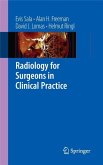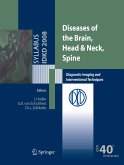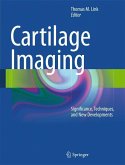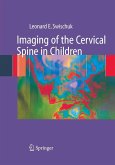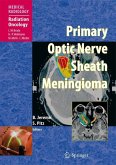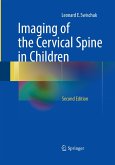Ideal for family physicians, internists, pediatricians, emergency physicians and all involved in clinical diagnosis, this new edition provides need-to-know information when ordering the most clinically appropriate and cost-effective diagnostic imaging studies. Focused chapters target key questions for quick and easy reference for 300 clinical problems encountered in day-to-day practice. The first part of each chapter helps the reader establish a working diagnosis based on signs and symptoms and common causes. The second part provides coherent imaging strategies for confirming or refining the initial diagnosis. Most importantly, recognized experts in the fields of radiology and primary care draw on their own experience to provide clinically pertinent advice to help you select the correct diagnostic imaging studies needed for your patients.
With its portable, pocket-sized format, The Right Imaging Study: A Guide for Physicians is the definitive reference tool that is sure to improve your diagnostic and decision-making skills when ordering imaging studies.
With its portable, pocket-sized format, The Right Imaging Study: A Guide for Physicians is the definitive reference tool that is sure to improve your diagnostic and decision-making skills when ordering imaging studies.
From the reviews of the third edition:
"The authors have organized a book to help simplify choosing an optimal imaging study among multiple possibilities. This is a third edition, the first published in 1996. ... The audience includes those practicing clinicians who, rather than looking for detailed discussion, are seeking direction and advice. The authors are experienced practitioners who have lived through the technologic advances as they have occurred." (Vincent F Carr, Doody's Review Service, July, 2008)
"The authors have organized a book to help simplify choosing an optimal imaging study among multiple possibilities. This is a third edition, the first published in 1996. ... The audience includes those practicing clinicians who, rather than looking for detailed discussion, are seeking direction and advice. The authors are experienced practitioners who have lived through the technologic advances as they have occurred." (Vincent F Carr, Doody's Review Service, July, 2008)


